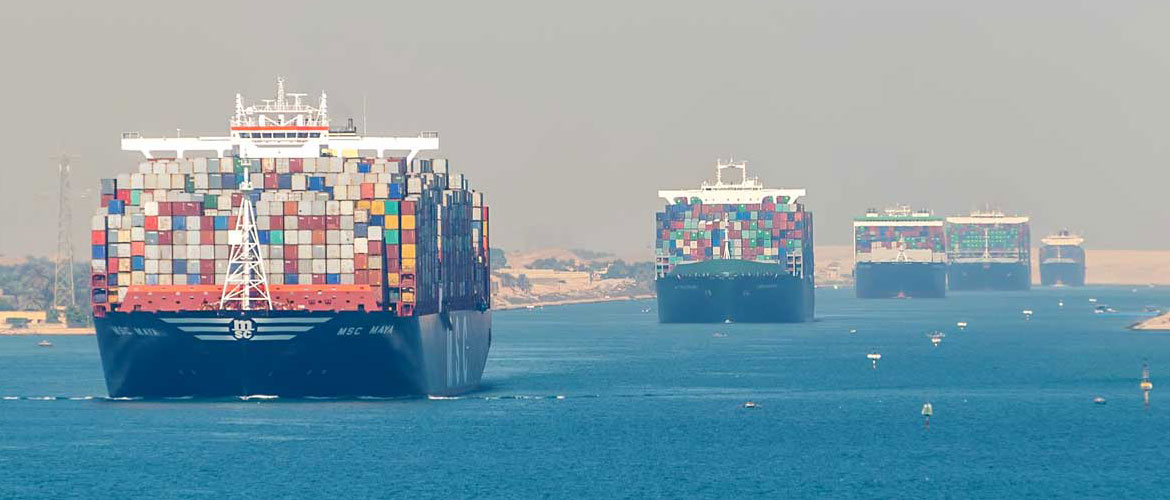Rising imports have been driving trans-Pacific spot rates up as the peak season nears, though the lines GRI success looks less likely on North European routes, unless blanked sailings impact is felt quickly.
After four months of rising imports from Asia to the United States, reports of cargo-rolling at Asian load ports are emerging, as blank sailings reduce trans-Pacific capacity and three general rate increases (GRIs) have pushed spot rates higher than contract rates.
It would seem that the container shipping lines have achieved their rate restoration objectives, even as they enter a peak shipping season that is expected to be quiet compared with last year.
The most recent spot rate data saw the trans-Pacific rates into US West Coast increase for the 3rd consecutive week, up 24% over the three weeks and also 24% above the level in the same week in 2019.
Rates to the US East Coast are also up for the 3rd consecutive week by a total of 16%, but unlike the West Coast, they are only 3% above the pre-pandemic level.
Rates from Asia into North Europe rates essentially flatlined compared to last week, while rates into the Mediterranean dropped an additional 2%.
It should be noted that the Med rates still carry a considerable premium compared to North Europe, which remains 8% below pre-pandemic levels whereas Med are still 39% higher than pre-pandemic.
The trans-Atlantic market continues it rapid transformation from high-flyer to couch-potato, as Atlantic headhaul rates, that were 36% above pre-pandemic levels four weeks ago, not site -31% below pre-pandemic levels, with rates dropping 50% in just four weeks.
With much new capacity scheduled to enter the trans-Pacific trade in the coming months, it should be unlikely that spot rates will continue to increase through the peak season, but it may be that carriers will do whatever is necessary to prop up rates, including blanking more sailings.
To prop up their ailing bottom-lines shipping lines need spot rates to remain higher than contracted rates, so they can cover costs with their regular contracted customers and fill the remaining vessel slots with higher paying spot cargo.
The container shipping lines have blanked over 15% of Asia to North America capacity for July after blanking 10% in June. The carriers blanked 14% in May, 21% in April and the same 21% in March.
Although carriers blanked more capacity last year in March through June, the aggregated impact of the year’s blank sailings, draft restrictions at the Panama Canal and increasing import volumes have impacted the effective capacity available, which is currently putting upwards pressure on spot rates.
The primary sea freight markets are multi-layered and complex, which means actions by carriers and alliances have a profound impact on services and the market’s competitive dynamics, which is why our sea freight team work closely with colleagues in the US, China and Asia, to adapt to changes and identify opportunities for our customers.
If you have any questions or concerns about the developments outlined in this story, please EMAIL Matt Fullard now for the latest insights and intelligence.

 Unit 1, Alpha Way, Thorpe Industrial Estate
Unit 1, Alpha Way, Thorpe Industrial Estate